Ever since the appearance of Zeus, the first of the Perth Mint’s hugely popular Gods of Olympus series of 2 oz high-relief, antique silver coins that debuted back in early 2014, the gods of antiquity have been a hot topic in the numismatic world. The New Zealand Mints rectangular coins were released over the same timespan, actually launching sooner than the Perth series, and several other coins have appeared since.
The next wave, headed by the Choice Mint’s exceptional Legends of Asgard: Odin coin, have moved to the arguably more interesting Norse gods. Two new series also launched at around the same time featuring the same subject and it’s pretty fair to say that virtually all of the numismatics with this subject matter released over the last two years have been premium items, remarkably devoid of colour and gilding for the most part; antiqued being the finish of choice.
The coin featured here takes the premium to the extreme, stretching the concept into the kilo realm with a hefty 1,000g of antique finish fine silver. Using the same ‘Multiple Layer Minting Technique’ employed on the superb Temple of Heaven coin from earlier in the year, it has a deep level of relief (up to 5mm) on its almost concave reverse face. Issued for the Cook Islands, it will of course carry the usual effigy of Queen Elizabeth II on the obverse.
Depicting all twelve of the main gods in Greek mythology arranged in an arc around the coin centre, it’s a very attractive design, having all of the Dodekatheon placed on a cloud-filled background with a centre design quite close in appearance to the aforementioned Temple of Heaven release. We have an early look at the packaging, but just a relatively crude representative drawing. The Temple of Heaven coin packaging was very well realised and that wasn’t as high-end as this $2000 coin, so we’d expect good things. The mintage of a tiny 199 pieces is a huge plus point for it given the widespread interest in the subject matter. Impressive release in our view. Hopefully we’ll get some better images closer to the October release date, although with the mintage so limited we’re unlikely to get to see one in the hand unfortunately. We’ve seen it at Coins Boutique and First Coin Company at present, but we’d expect other dealers to sell it as well.
THE DODEKATHEON
Greek for ‘twelve gods’, the Dodekatheon were the principal deities of the Greek pantheon, residing atop a mythical Mount Olympus. The Greek cult of the Twelve Olympians can be traced to 6th-century BC Athens. While the number was fixed at twelve, there was considerable variation as to which deities were included. Hades was not usually included among the Olympians because his realm was the underworld.
THE TWELVE OLYMPIANS
ZEUS: King of the gods and ruler of Mount Olympus; god of the sky, lightning, thunder, law, order, justice. Youngest child of the Titans Cronus and Rhea. Symbols include the thunderbolt, eagle, oak tree, scepter, and scales. Brother and husband of Hera, although he had many lovers, also brother of Poseidon, Hades, Demeter, and Hestia.
HERA: Queen of the gods and the goddess of marriage and family. Symbols include the peacock, cuckoo, and cow. Youngest daughter of Cronus and Rhea. Wife and sister of Zeus. Being the goddess of marriage, she frequently tried to get revenge on Zeus’ lovers and their children.
POSEIDON: God of the seas, earthquakes, and tidal wave. Symbols include the horse, bull, dolphin, and trident. Middle son of Cronus and Rhea. Brother of Zeus and Hades. Married to the Nereid Amphitrite, although, like most male Greek Gods, he had many lovers.
DEMETER: Goddess of fertility, agriculture, nature, and the seasons. Symbols include the poppy, wheat, torch, cornucopia, and pig. Middle daughter of Cronus and Rhea.
ATHENA: Goddess of wisdom, reason, intelligent activity, literature, handicrafts and science, defense and strategic warfare. Symbols include the owl and the olive tree. Daughter of Zeus and the Oceanid Metis, she rose from her father’s head fully grown and in full battle armor after he swallowed her mother.
APOLLO: God of light, prophecy, inspiration, poetry , music and arts, medicine and healing. Son of Zeus and Leto. Symbols include the sun, lyre, swan, and mouse. Twin brother of Artemis.
ARTEMIS: Goddess of the hunt, virginity, archery, the moon, and all animals. Symbols include the moon, deer, hound, she-bear, snake, cypress tree, and bow and arrow. Daughter of Zeus and Leto and twin sister of Apollo.
ARES: God of war, violence, and bloodshed. Symbols include the boar, serpent, dog, vulture, spear, and shield. Son of Zeus and Hera, all the other gods (except Aphrodite) despised him. His Latin name, Mars, gave us the word “martial.”
APHRODITE: Goddess of love, beauty, and desire. Symbols include the dove, bird, apple, bee, swan, myrtle, and rose. Daughter of Zeus and the Oceanid Dione, or perhaps born from the sea foam after Uranus’ semen dripped into the sea after being castrated by his youngest son, Cronus, who then threw his father’s genitals into the sea. Married to Hephaestus, although she had many adulterous affairs, most notably with Ares. Her name gave us the word “aphrodisiac”, while her Latin name, Venus, gave us the word “venereal”
HEPHAESTUS: Master blacksmith and craftsman of the gods; god of fire and the forge. Symbols include fire, anvil, axe, donkey, hammer, tongs, and quail. Son of Hera, either by Zeus or alone. Married to Aphrodite, though unlike most divine husbands, he was rarely ever licentious. His Latin name, Vulcan, gave us the word “volcano.”
HERMES: Messenger of the gods; god of commerce, thieves, eloquence and streets. Symbols include the caduceus (staff entwined with two snakes), winged sandals and cap, stork, and tortoise (whose shell he used to invent the lyre). Son of Zeus and the nymph Maia. The second-youngest Olympian, just older than Dionysus.
HESTIA: Goddess of the hearth and of the right ordering of domesticity and the family; she was born into the first Olympian generation and was one of the original twelve Olympians. Some lists of the Twelve Olympians omit her in favor of Dionysus, but the speculation that she gave her throne to him in order to keep the peace seems to be modern invention. She is the first child of Cronus and Rhea, eldest sister of Hades, Demeter, Poseidon, Hera, and Zeus.
DIONYSUS: God of wine, celebrations, and ecstasy. Patron god of the art of theatre. Symbols include the grapevine, ivy, cup, tiger, panther, leopard, dolphin, goat, and pinecone. Son of Zeus and the mortal Theban princess Semele. Married to the Cretan princess Ariadne. The youngest Olympian god, as well as the only one to have a mortal mother.


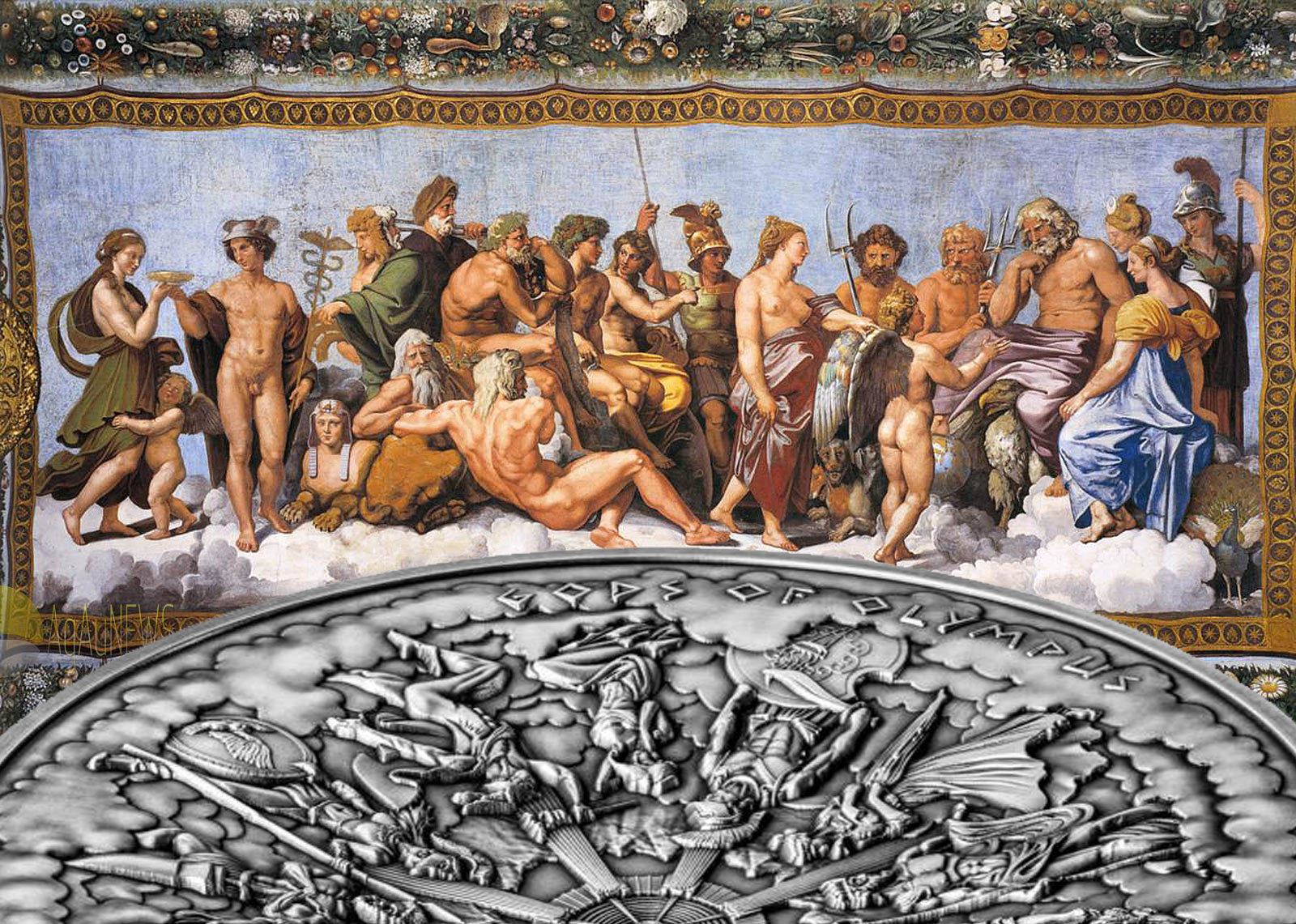

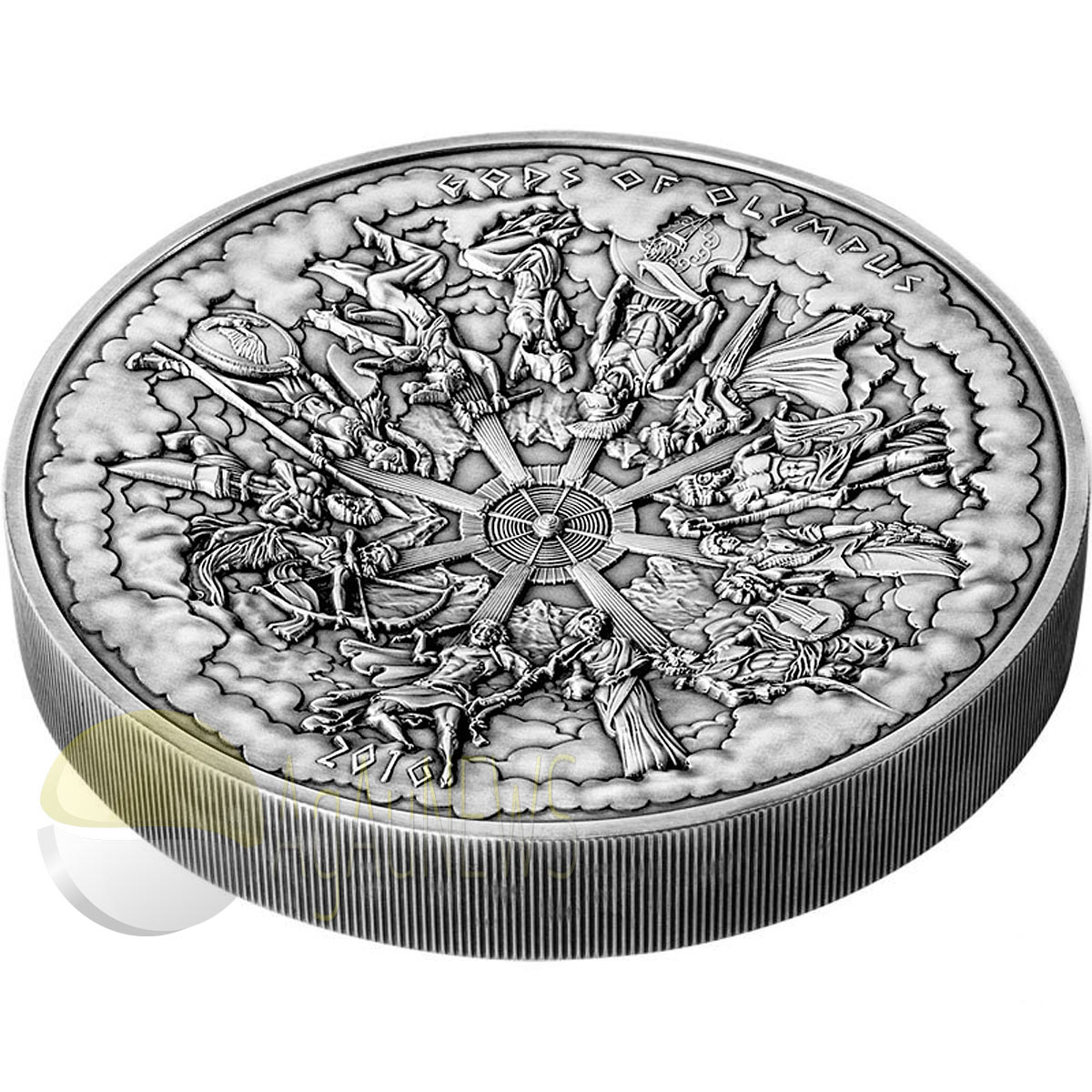
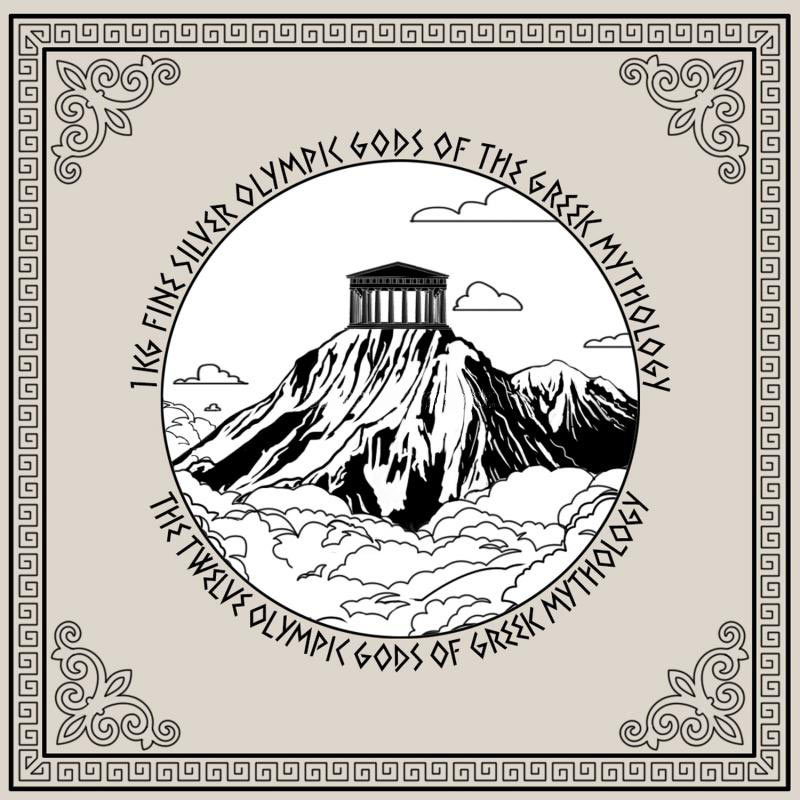
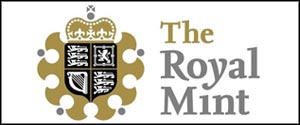
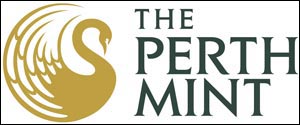


I found this one at Firstcoincompany.com
https://firstcoincompany.com/S/cook-islands-12-gods-of-olympus-concave-shape-multiple-layer-minting-3d-effect-2016-antique-finish-50-silver-coin-1-kilo-3215-oz